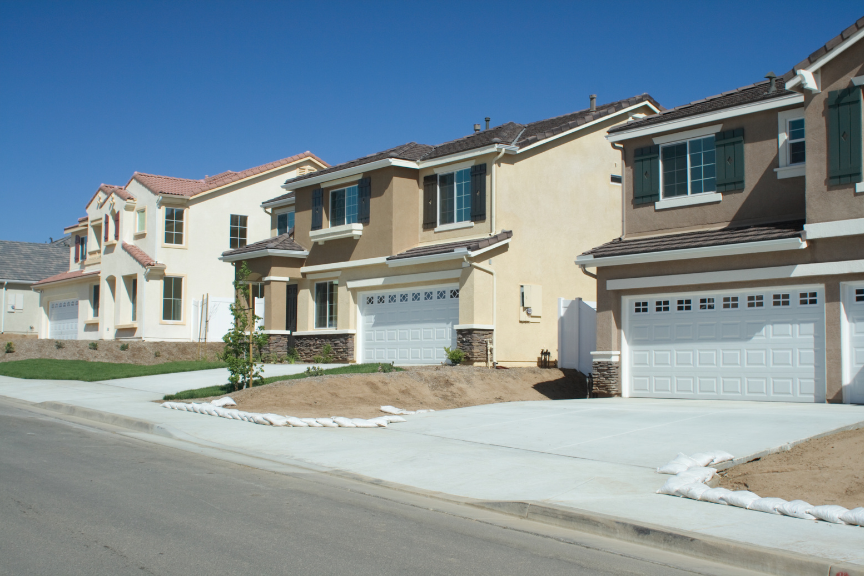Apr 15, 2025
Why Fixing Your Roof Early Can Save You a Fortune (and Headaches)

We all do it. We spot a tiny drip from the ceiling or a loose roof tile and think, “Eh, it can wait.” But here’s the deal: that little drip? It could turn into a waterfall. That loose tile? One big storm, and you’re calling for an emergency fix at midnight. The truth is, fixing roof issues early doesn’t just protect your home—it protects your wallet.
At Smile Roofing, we’ve seen the domino effect too many times. A small leak ignored becomes a mouldy mess. A couple of missing tiles lead to timber rot. So let’s break down why handling those roof repairs sooner rather than later is one of the smartest money-saving moves you can make.
For more insights, check out
benefits of regular roof maintenance
.
Small Repairs Now = Big Savings Later
Think of your roof like a coat for your home. If it has holes, everything underneath suffers. A leak might seem minor, but water spreads. It seeps into insulation, sneaks down walls, and leads to damage that can cost thousands.
Quick repairs can:
- Patch up leaks before they destroy ceilings
- Reinforce weak spots before storms hit
- Prevent structural sagging or collapse
Staying ahead of roof trouble means fewer surprises and smaller bills.
It’s worth learning about
how water damage affects your home
to stay ahead.
Skip the Emergency Callout Costs
Waiting until your roof turns into a waterfall in the middle of a storm? That’s when things get expensive. Emergency repairs are not only stressful—they can cost double or triple what a scheduled fix would.
Let’s compare:
- Regular maintenance: $300 – $600
- Emergency storm repair: $1,000 – $2,000
- Total roof replacement: $8,000 – $20,000+
Plan ahead, and your bank account will thank you.
You might also find
tips for preventing mould in the home
helpful.
A Healthy Roof Lasts Longer
Roofs aren’t forever, but with a bit of love, they can go the distance. Ignoring damage wears them down faster. Regular care, on the other hand, extends their life and delays major expenses.
Simple things make a difference:
- Clean gutters to avoid water pooling
- Replace cracked or loose tiles
- Reseal flashing around edges
In the long run, repairs stretch your roof’s lifespan and stretch your budget further.
Boost Your Home’s Value
Thinking of selling one day? Buyers notice the roof first. A damaged one can kill a sale. A solid, well-maintained roof? It tells buyers this home has been cared for.
What a good roof gives you:
- Higher property value
- Quicker sale
- Better first impression (aka curb appeal)
A little upkeep now can mean thousands more later.
Stop Mould in Its Tracks
Water and time equal one thing: mould. And it doesn’t just look bad. It can cause serious health issues, especially for kids or older folks.
What can happen:
- Mould spreads behind walls
- You need expensive removal services
- Family members get sick—think meds, doctors, and discomfort
Cut the leak, cut the risk. It’s as simple (and life-saving) as that.
Lower Your Energy Bills
Leaks don’t just let in water. They let out your heat in winter and cool air in summer. So your heater and aircon work harder, and your energy bill climbs higher.
A tight roof means:
- Fewer drafts
- Dry, effective insulation
- More stable indoor temps
In short? A healthy roof equals a happy wallet.
Peace of Mind: Worth Every Penny
When your roof’s solid, you rest easy. You’re not panicking during every downpour. You’re not rushing to find buckets. And you’re not stressing about calling tradies at midnight.
Roof peace of mind means:
- No surprise repair bills
- No emergency patch jobs
- No unnecessary anxiety
You can’t put a price on calm—but it sure saves money.
How to Stay Ahead Without Breaking the Bank
Life’s busy. We get it. That’s why Smile Roofing makes it easy. Whether it’s a check-up, a quick patch, or a bigger fix, we work with your budget and your schedule.
Here’s what helps:
- Get an annual roof check (especially before storm season)
- Fix little things fast
- Keep gutters clean
- Don’t wait for leaks to show—be proactive
Bottom line: A little care goes a long way. Roof repairs don’t just fix your home—they protect your future.
So if your roof is whispering that something’s off? Listen. Because saving your roof now means saving thousands later.
Smile Roofing’s got your back—with quality, honesty, and, of course, a smile.
FAQ Quick Hits
1. How can I tell if my roof needs repairs? Look for cracked or missing tiles, sagging areas, water stains on ceilings, or unexpected spikes in your power bill.
2. Are small leaks really a big deal? Yes—they can cause major water damage, mould, and even electrical issues.
3. How often should I get my roof checked? Once a year is ideal. Always inspect after a big storm.
4. Are repairs cheaper than replacements? Big time. A small patch now saves you from a full-blown replacement later.
5. Can roof repairs help lower energy bills? Absolutely. A sealed, dry roof makes insulation more effective and keeps indoor temps stable.
More Details